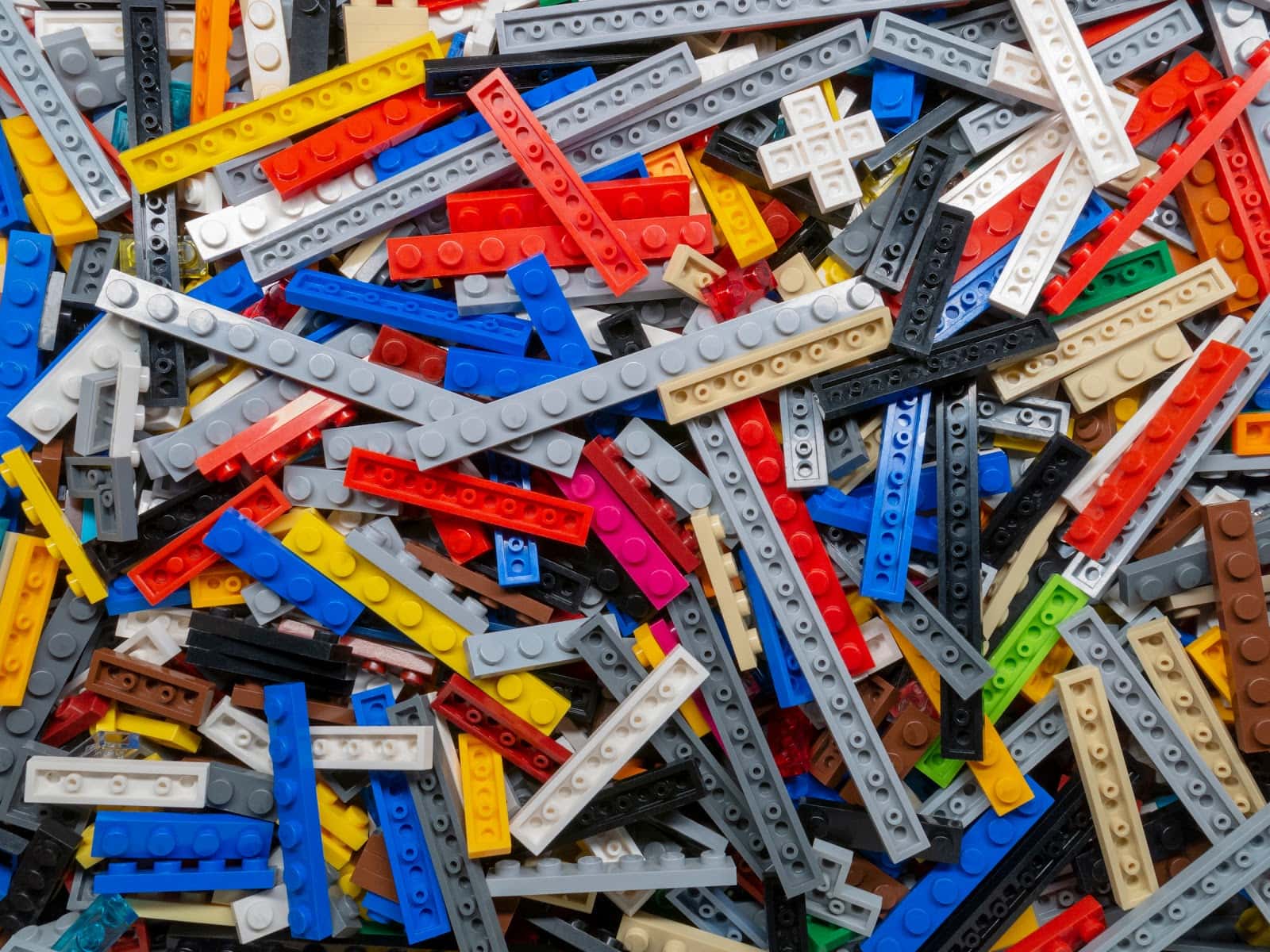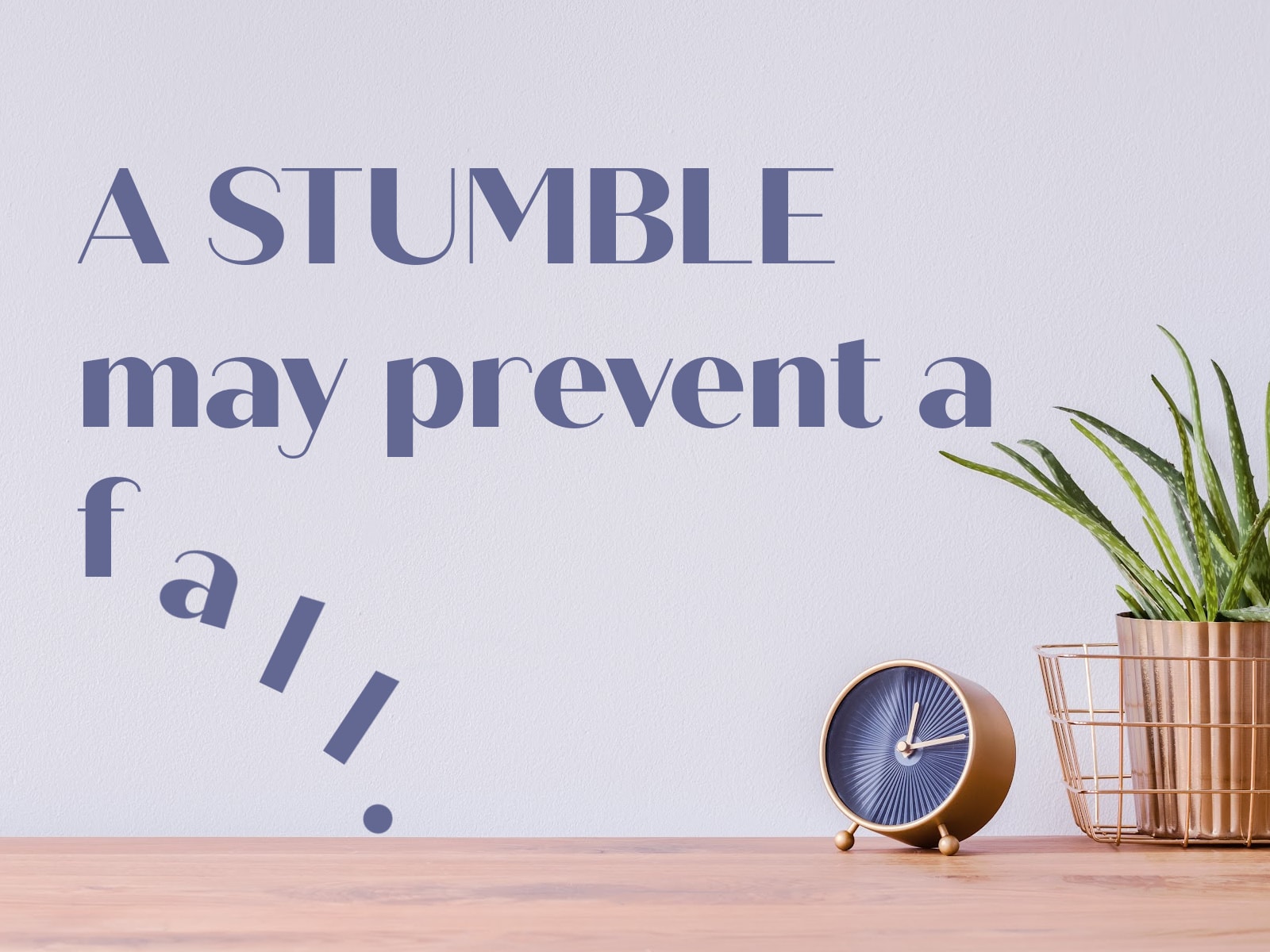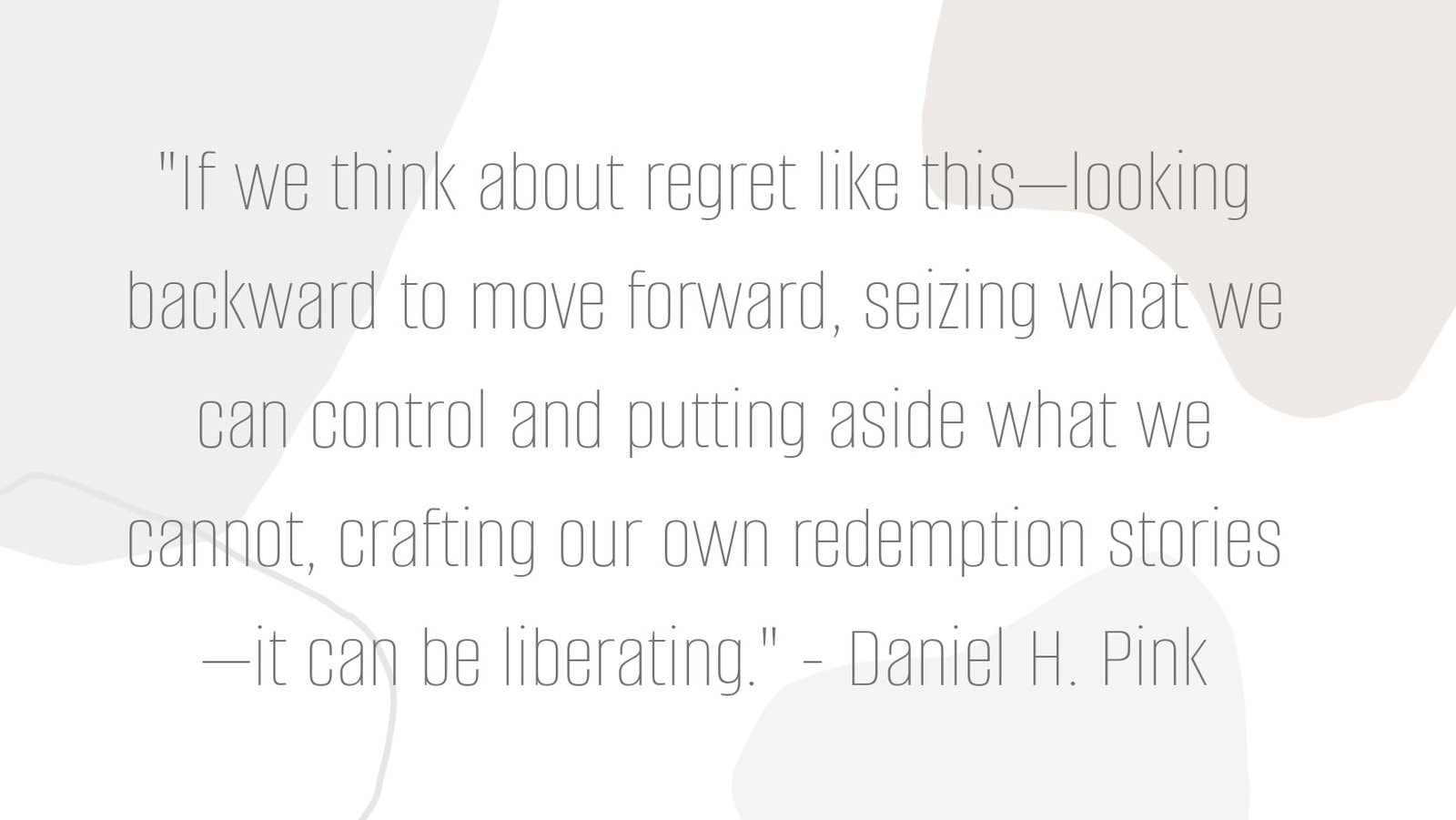He sprawled across his bedroom floor, body convulsing with sobs of regret. The aftermath of a brutal Lego massacre was scattered around him, my only cue as to what had prompted this sudden onslaught of contrite tears.
“Do you think the Imagination Station is real?” he blubbered. “Then I could go back to the past and change my choices. Instead of destroying my Lego pieces, I could keep them all together.”

A sting of compassion arose in my throat, tears of my own threatening to spill over. Though I couldn’t deny a sense of pride in my son for his ability to take ownership over his mistakes, it hurt to witness the pain of his remorse. This was not a problem I could fix with a kiss or a band-aid; there were no solutions that could easily erase the consequences of his actions. And even if a quick solution had been available to us, I knew this was one lesson he would need to learn the hard way—a lesson that would rankle in the moment, but could spare him a lifetime of future poor decisions with much greater stakes.
The Great Lego Debacle of 2022 occurred just days after I jotted down the proverb “A stumble prevents a fall” after hearing the concept discussed on a podcast. I wanted a written reminder of this important concept: that I need to allow my children to stumble a time or two if I want them to avoid disastrous falls in the future. The stumbles may be hard on them (and even harder on me!), but they are pivotal for the formation of their character and their learned ability to make wise and considered choices.
I can’t help but wonder how many of the problems facing younger generations are a result of (well-meaning) parents who subverted their young ones’ stumbles one time too many. Is the prevalence of victim mentality, challenge-aversion, and entitlement we are seeing in contemporary culture the unanticipated consequence of helicopter parents who bubble-proofed their children? Was the fragility of those children (us) inevitable given the lack of fortifying experiences in their (our) formative years?
Looking back, I can see how several of the stumbles I experienced as a child set me up for less falling as an adult. The scenarios are numerous (and there are likely many more whose longterm impact are still to be revealed), but one key moment comes to mind—a moment that, at the time, was one of utter mortification.
I was in second grade and my mother was called into the classroom after school so that she and my teacher could stage an intervention. The problem? My desk: it was a disaster. Papers were shoved to the back of the desk’s inner cubby; broken crayons and too-small pencils littered its surface; and unfinished papers teetered precariously onto the desk next to mine. As a social 8-year-old, I had been spending too much class time giggling and passing notes with my best friend (and seat mate) to finish my classwork, let alone organize and turn it in. And my negligence was evident in the form of Mt. Schoolwork forming in and around my space.
Truth be told, my desk was not the messiest in the classroom (our teacher herself was notoriously unorganized, and her standards for her students were low); but Mrs. S. had seen how my lack of organization was impacting my ability to focus in class, and she knew that some tips for tidying up (along with a chat with my mom, who could reinforce these concepts at home) could do wonders for my classroom performance.

She was right. After sorting through every paper and utensil in my desk and backpack, and putting some new systems in place for keeping me organized, my desk stayed clean through the end of the year. A cleared space helped me to focus better in class, and a neater desk at school translated to a neater bedroom at home. Thus, an Enneagram 1 Organization-Enthusiast was born. To this day I am a big proponent of uncluttered spaces (just ask my kids!).
It’s possible that even if my Second Grade desk had not gotten to the point of unmanageability, some other scenario would have paved the way for my entry into the Organizers Anonymous club. But I truly believe that if I had not been a disastrously messy child, I would not have honed the skills for being the mess-free adult I am today. That small desktop stumble, and the uncomfortable intervention with my teacher, prevented a lifetime of following over my own messes.
That example is a fairly benign one. I have no doubt that if I were granted a long-lens view over my personal history, I would pinpoint innumerable stumbles that set me up for success later on. I’m a huge believer in the idea that there is no pain God cannot redeem, and while I do not personally ascribe to the notion that God causes harm in our lives, I won’t deny His mastery in utilizing natural suffering to pave the way for future flourishing.
We all walk through “Why, God?!” moments that leave us questioning God’s goodness for allowing a certain hardship or pain, or for letting us act in regrettable ways. We cannot know the mind of God, but He often gives us beautiful glimpses into His strategy—those instances where we can clearly see how one (bad) moment prevented a later (worse) one, or a wound whose healing subverted a deeper wound in the future. Even now, as we endure pains we can’t understand, we can trust that the Lord will use these present stumbles to fortify us from future falls.
The Lego pieces were not reassembled on that fateful night in Charleston’s bedroom. But a valuable lesson was learned about the long-term impact of rash decisions. There was no Imagination Station to teleport him back in time, but one day a future Charleston will look back at that night and thank God for the gift of that stumble.
